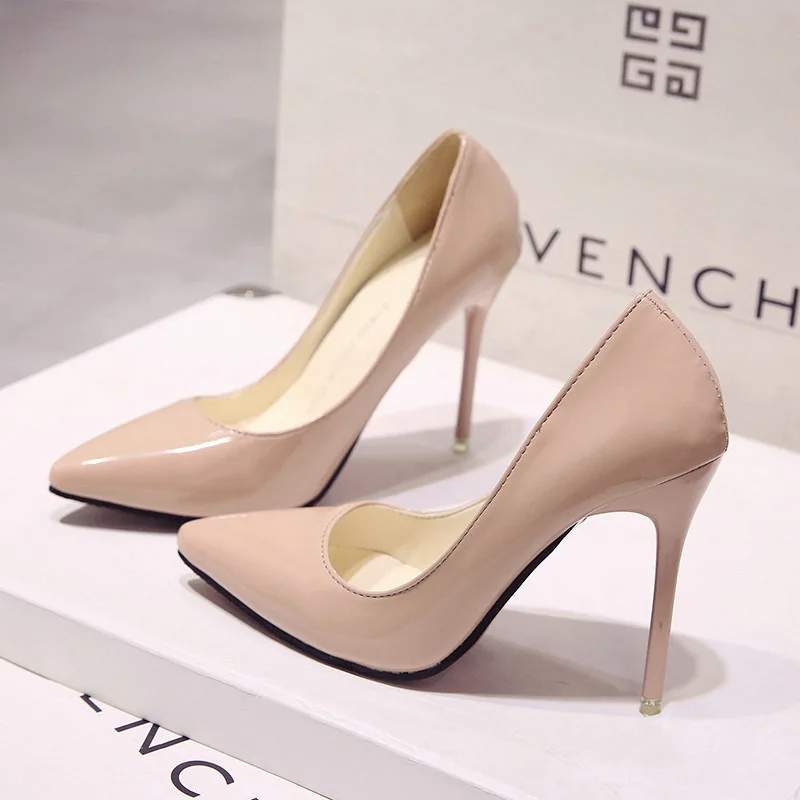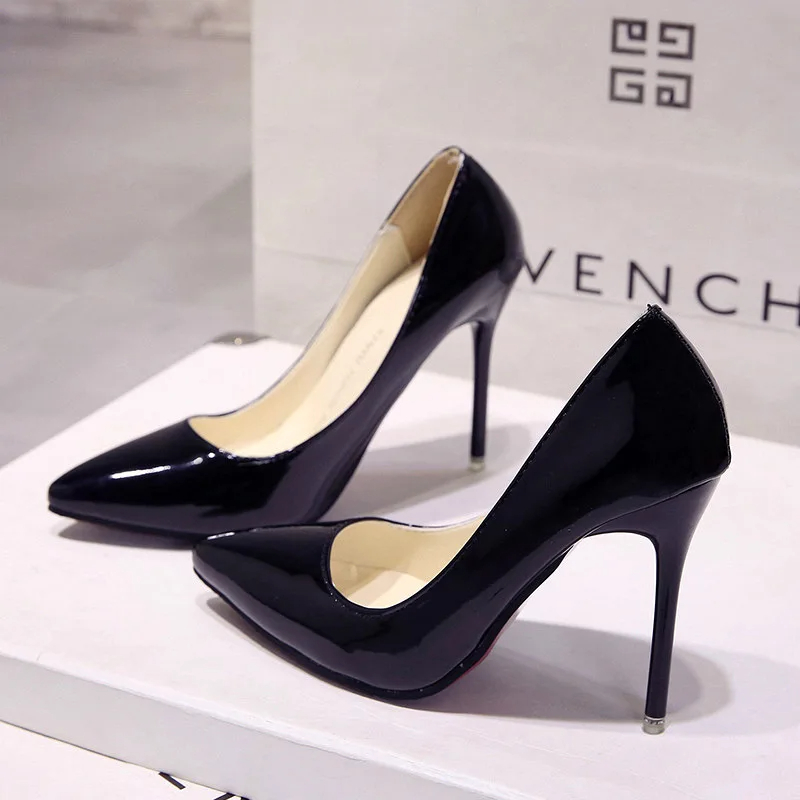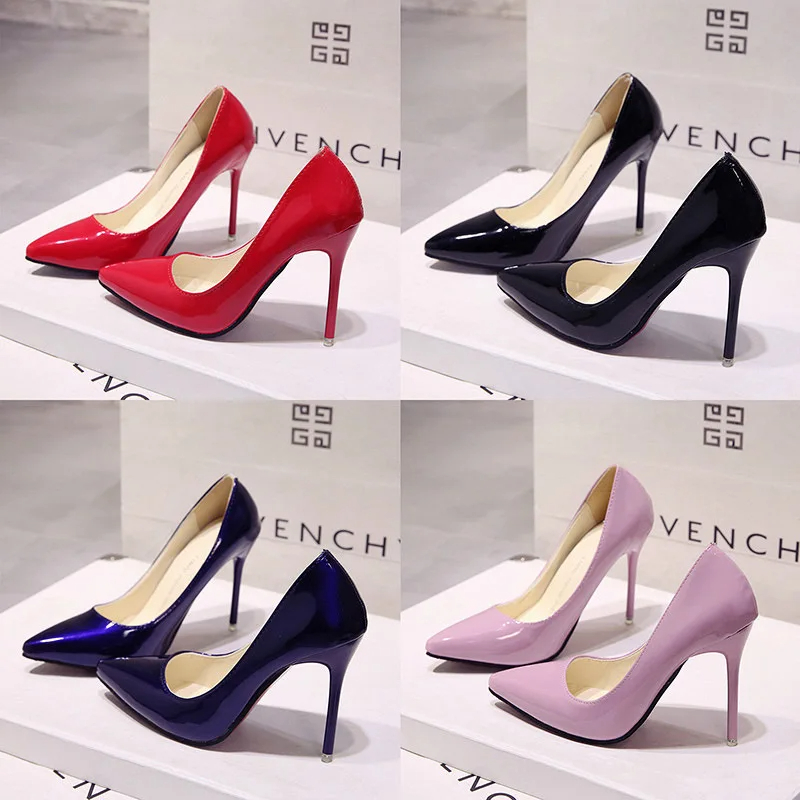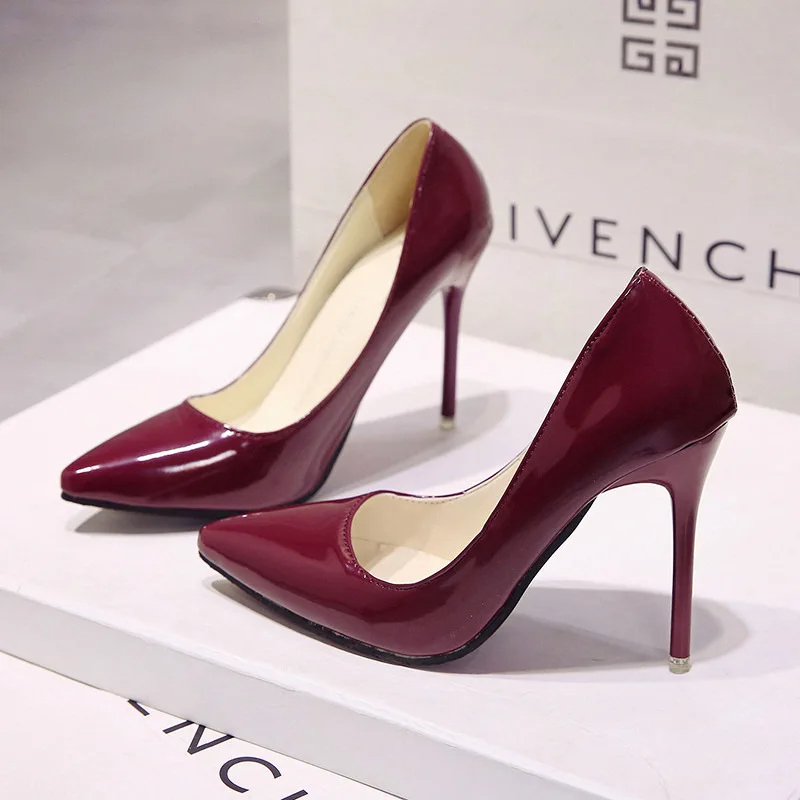Introduction
High heels have become a prominent symbol of fashion and sophistication. These stylish shoes elevate the wearer’s stature and are often associated with elegance and formality. But who invented high heels for ladies, and how did they evolve from a practical necessity to a fashion statement? To understand the journey of high heels, we need to delve into their origins, development, and cultural impact.

The Origins of High Heels
Early Historical Use of Heels
Who invented high heels for ladies? The story of high heels begins in ancient civilizations, long before they became a fashion staple. Ancient Egypt, Persia, and Greece used heels for practical purposes. Archaeological evidence shows that Egyptians wore platform shoes, which were not high heels in the modern sense but elevated their stance. These early shoes were used in rituals and ceremonies and were often made of wood or reeds.
In ancient Persia, heels had a different function. Persian riders wore heeled shoes to help them secure their feet in stirrups. This design feature allowed them to ride horses more effectively and maintain stability. This practical use of heels highlights their early connection to functionality rather than fashion.
The Introduction of Heels to European Fashion
High heels entered European fashion in the 16th century. The modern high heel as we recognize it today was popularized during this period. The French aristocracy, led by King Louis XIV, embraced high heels as a symbol of status and power. King Louis XIV, known for his extravagant fashion, often wore heels that were several inches high. Heels became a way for the aristocracy to display their social standing, and their use spread across Europe.
The Evolution of High Heels for Women
From Practical to Fashionable: The 17th to 19th Centuries
During the 17th century, high heels became associated with femininity and elegance. Women began to adopt heels as a fashion statement, differentiating themselves from men, who also wore them. The designs evolved to include various shapes, materials, and heights. Heels were often adorned with intricate decorations, reflecting the wearer’s wealth and status.
In the 18th century, the use of high heels continued to evolve. The height of heels fluctuated, with both very high and lower options becoming popular. The 19th century saw a decline in the popularity of high heels, as practical and comfortable footwear gained favor. Women’s fashion shifted towards more practical shoes that suited everyday activities.
The 20th Century Revival and Innovation
The 20th century marked a significant revival of high heels, with designers experimenting with new styles and materials. The 1950s and 1960s were particularly influential periods for high heels. Who invented high heels for ladies? Designers like Christian Dior and Salvatore Ferragamo introduced innovative designs that shaped modern high-heeled shoes. Ferragamo, known for his craftsmanship, created the famous “Cage” heel, which became a signature of his brand.
In the 1980s and 1990s, high heels saw a resurgence in popularity. Designers such as Manolo Blahnik and Jimmy Choo made high heels a must-have accessory. They introduced new materials, including glass and metal, and experimented with different heel heights and shapes. This period solidified high heels as an essential part of women’s fashion.

Cultural Impact and Symbolism of High Heels
High Heels as a Symbol of Power and Femininity
High heels have long been associated with power and femininity. In many cultures, wearing high heels is seen as a way to enhance one’s presence and confidence. The elevated stance created by high heels can alter a person’s posture and demeanor, making them appear more assertive and self-assured.
Historically, high heels were often worn by those in positions of power. Kings, queens, and other figures of authority used heels to signify their status. In contemporary society, high heels continue to be linked to empowerment and sophistication.Who invented high heels for ladies? They are worn in professional settings, social events, and occasions where making a strong impression is important.
The Controversy and Criticism of High Heels
Despite their positive connotations, high heels have faced criticism and controversy. Some argue that they are uncomfortable and can cause health issues, including foot pain and posture problems. The fashion industry’s emphasis on high heels has led to debates about body image and the pressure on women to conform to certain beauty standards.
Critics also point out that high heels can perpetuate gender norms and inequalities. The expectation for women to wear heels in professional and social settings can be seen as a form of subtle oppression. This has led to discussions about the need for more inclusive and comfortable fashion options.
The Future of High Heels
Innovations and Trends in Modern High Heels
The future of high heels is likely to be influenced by ongoing innovations and trends in fashion. Designers are increasingly focusing on comfort and practicality while maintaining style. Advances in materials and technology are leading to the creation of more comfortable and functional high heels. For instance, new cushioning technologies and ergonomic designs aim to improve wearability without sacrificing aesthetics.
Sustainable fashion is also impacting the future of high heels. As consumers become more environmentally conscious, there is a growing demand for eco-friendly materials and ethical production practices. Designers are exploring sustainable options, such as recycled materials and ethical manufacturing processes, to address these concerns.
High Heels in Popular Culture and Media
High heels continue to be a prominent feature in popular culture and media. Fashion icons and celebrities play a significant role in shaping the perception of high heels. Their choices and endorsements can influence trends and consumer preferences. As the fashion industry evolves, high heels will likely continue to be a topic of interest and debate in popular culture.
The Cultural Legacy of High Heels
High Heels in Art and Media
High heels have been a recurring motif in art and media, symbolizing various themes such as power, elegance, and rebellion.
In art, high heels can symbolize both empowerment and entrapment, reflecting the dual nature of their cultural significance. For example, high heels in contemporary art might be used to critique beauty standards or explore themes of identity and self-expression.
In media, high heels are frequently featured in advertisements, fashion shows, and films, reinforcing their status as a symbol of glamour and sophistication. They often serve as a visual shorthand for certain character traits or social roles, influencing how audiences perceive and interpret characters.
The Enduring Appeal of High Heels
The enduring appeal of high heels lies in their ability to blend fashion with personal expression. Despite the controversies and challenges associated with wearing high heels, they continue to be a popular choice for many individuals seeking to make a statement or enhance their style.
As fashion evolves, high heels will likely continue to adapt, incorporating new designs, materials, and concepts. Their legacy as a symbol of beauty, power, and elegance ensures that they will remain a significant aspect of fashion history and culture.

Conclusion
The invention and evolution of high heels is a fascinating journey that reflects changes in fashion, culture, and society. From their practical origins in ancient civilizations to their current status as a symbol of sophistication, high heels have undergone significant transformations. They continue to be an integral part of women’s fashion, representing both empowerment and controversy.
Understanding the history and impact of high heels provides insight into their significance in modern fashion. As designers and consumers alike navigate the future of high heels, it is clear that their legacy will continue to evolve, reflecting the changing values and trends of society.
